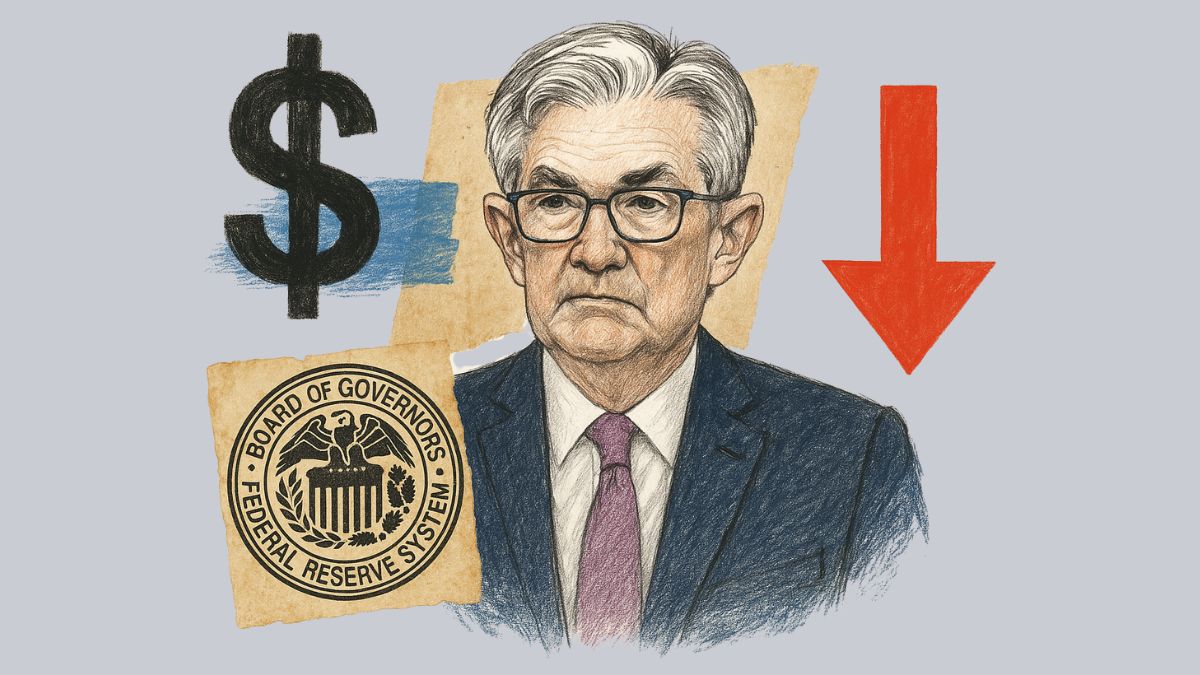
While many expect the Federal Reserve to cut interest rates at its September meeting, mortgage professionals caution that even if it happens, it won’t significantly impact the industry.
Loan officers have encouraged borrowers to continue with their home loan applications. They note that home sellers and builders are offering concessions to lower rates, while lenders are locking in current rates with flexibility to adjust if mortgage rates decrease.
On Wednesday, the Fed maintained its benchmark interest rate between 4.25% to 4.5%. Fed Chair Jerome Powell stated that the goal of maximum employment has been achieved, with inflation easing, although rising tariffs are causing price hikes for some goods.
Two Fed officials, Christopher J. Waller and Michelle Bowman, dissented. Waller supported a 25 basis-point cut due to minimal tariff effects and increased labor market risks. Bowman advocates for a gradual shift to a neutral policy stance, citing slowing economic growth and a less dynamic labor market.
A growing number of market participants — 88% as of Friday afternoon — anticipate a 25-bps reduction in September, according to the CME Group‘s FedWatch tool. The rest expect rates to remain unchanged.
Modest impact — for now
Friday’s jobs report for July reinforced this view. HousingWire Lead Analyst Logan Mohtashami described it as “very negative.” Job growth came in at 73,000 last month while the unemployment rate stands at 4.2%.
“The labor market is getting softer, but it’s not breaking. What did the bond market do? There was a massive rally in the 10-year yield and we will see lower mortgage rates today,” Mohtashami noted.
Mortgage rates, which tend to follow the 10-year Treasury yield rather than the federal funds rate, saw a slight decline. HousingWire’s Mortgage Rates Center reported a 1-bps drop for 30-year conforming loans on Friday compared to the prior day, while Mortgage News Daily noted 12-bps decrease to 6.63%.
“We think mortgage rates will trend down only modestly from their current 6.74% (Freddie Mac PMMS) level and expect rates to remain above 6.5% through year-end 2025,” Keefe, Bruyette and Woods (KBW) analysts wrote in a report.
The KBW analysts’ economic baseline remains unchanged as they forecast interest rate cuts of 50 bps in 2025 — with the first cut projected in September — and another 50 bps in 2026.
How will homebuyers react?
Mortgage rates will come down “if we get more signaling from the Fed that they will cut in September,” said Todd Bitter, chief sales officer at UMortgage.
According to Bitter, the uncertainty is impacting borrowers’ behavior. “We do have borrowers that will ask about when we see rates coming down,” Bitter said. “We are not seeing a lot of borrowers putting off buying homes right now.”
But some borrowers will return to the market if rates decrease slightly, and if they drop to the mid-5s, a “massive amount of business would roll in,” Bitter said, adding that he thinks this could happen by the second quarter of 2026.
Adam Neft, a Columbus, Ohio-based loan officer with Go Mortgage, views the current monetary policy stance with “reserved optimism.”
“Even if the Fed lowers its funds rate by 25 basis points, mortgage rates aren’t going down 2% for the average consumer,” Neft said. “I don’t operate in New York or L.A., where the purchases are $2 million. But for most people, a quarter-point rate reduction is helpful but not life-changing.”
Neft has seen more seller credits to help buy down rates. In addition, his company offers a “float down policy,” where if rates improve by a certain amount right before closing, the firm will honor that. (But the borrower must assume the payment won’t change when they lock the rate.)
“We can lock rates for up to six months,” Neft said. “And we need to see a 50 basis-point improvement for a renegotiation.”
Regarding refinance opportunities, there were 670,000 highly qualified candidates in the U.S. as of July 24, according to an analysis by Andy Walden, the head of mortgage and housing market research at Intercontinental Exchange. That number could rise to 1 million if rates fall to 6.5%, and to 1.5 million if they drop to 6.25%.
The analysis defined qualified borrowers as those with a credit score above 720, more than 20% equity and who are current on their mortgage, with an opportunity to reduce their rate by at least 75 bps through refinancing.
